Step 1 Understanding your staff and roles
Step 3 Validating the features you need
Step 4 The structure of your content delivery
The final stages – Confirming how this rollout will work
Overview
With over twenty years of experience in assisting with the creation of enterprise Digital Signage, the Signagelive team understands that no two solutions can – nor ever should be the same. Every organisation is unique, with a set of objectives, requirements, and infrastructure that sets it apart.
That’s why, from the outset, for every enterprise project, we offer more support, working closely with a customer’s team to find out and plan what exactly will be needed to make their Digital Signage a success.
Accustomed to working flexibly, we collaborate with resellers, recommended by us, or selected by the customer, to ensure that we have an in-depth understanding of the Digital Signage hardware, and any integrations that might be required. It’s this informed planning – the attention to every detail – that, we believe, delivers results.
And it’s why we want to share some of our own knowledge and planning experience with you. In this article, we bring you an insider’s guide on how, as a business, you can most effectively help to plan the roll-out of your enterprise Digital Signage. Here are the top four steps.
Four steps to plan the roll-out of your enterprise Digital Signage
Step 1 – Understanding your staff and roles
- As a business, it’s important to understand and plan ahead for the kind of organisational infrastructure you will need to maintain and make the most of your Digital Signage. You will need:
- An IT department for managing your network and its technical requirements
- A team to create and manage, as well as distribute your content.
- Possibly training for an HR department, so that team members can also create and distribute any corporate and internal staff communications.
- One or more Digital Signage champions to ensure the smooth running of your network
- Possibly users, based on location, who can coordinate installations, as well as replace players and hardware, whenever required.
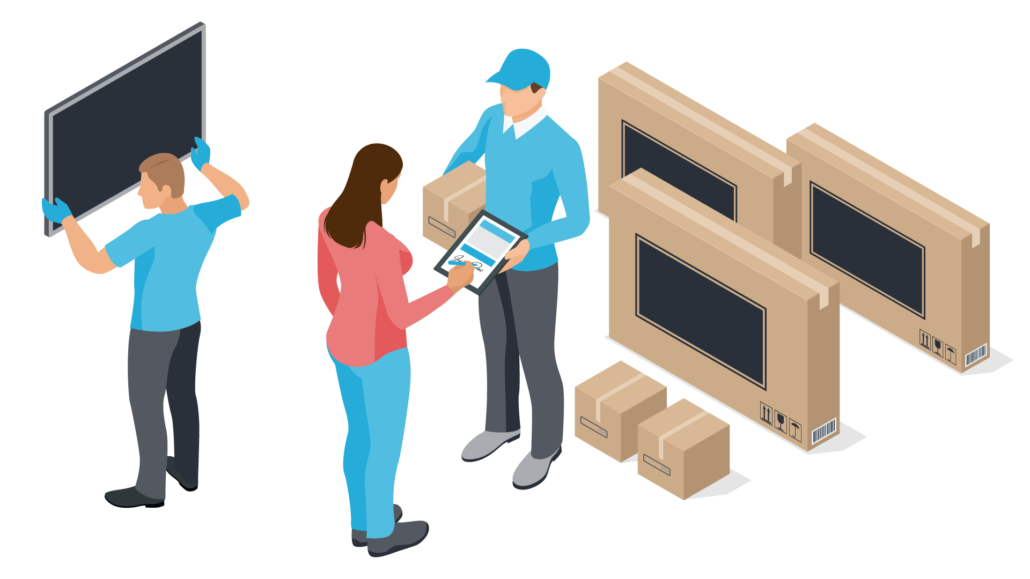
Step 2- Deciding your hardware
Taking the time to research which hardware is right for your Digital Signage network is crucial. There are many variations between different screens and media players, and most of these are likely to have a direct impact on whether your Digital Signage will be able to perform effectively.
Light and height considerations
Before you decide anything, you need to think about the environments in which your Digital Signage will be located. If possible, pull together detailed plans and multi-angle images of the locations, as well as feedback from staff who work there.
What is the lighting like? Are some of the locations full of windows and likely to be impacted by direct sunlight? Or do any of the locations have particularly harsh artificial lights, and/or mirrored surfaces that may exacerbate the glare of the lighting?
If the on-site lighting is going to make it difficult to see the content you display on your screens, then you’ll need anti-glare, high brightness panels, with over 1,000 nit brightness.
Also, consider whether you will need to display your screens in portrait or landscape mode.
Picture quality
The hardware you choose will also depend on the kind of graphics you want to broadcast. Check what picture resolution your shortlist of display panels can support. There are screens to display content in everything from high definition 720p to Full HD 1080p and 4K 2160p.
But before you design your content, and make a decision about your hardware, remember to bear in mind the anticipated viewing distances for your Digital Signage. The closer the viewing distances, the higher the resolution you’ll need to ensure that your on-screen imagery looks detailed and smooth, even from up close.
Higher resolution graphics are also likely to be CPU-intensive, so your Digital Signage players will need to have sufficiently high processing power to handle them.
Space and aesthetics
If space is at a premium, and you’re looking for a more streamlined, all-in-one solution that enables your screens to be fitted flush against the wall, then you might prefer System-on-Chip displays. With these screens, you won’t need any separate media player to deliver your content, as they come with built-in processing power.
Tamper-proof
If you anticipate that any unattended visitors will pass through your Digital Signage locations, you might need screens that can offer hidden, tamper-proof controls, or protective surrounds, in the event that anyone touches them.
Reusing hardware
It’s important to remember that you may not even need to invest in new hardware.
That’s why it’s important to lean on the expertise and experience of your reseller to find out what you actually need. Based on your reseller’s input, and the recommendation of your Digital Signage software provider, you can then decide if it’s feasible to reuse some, or even all your screens and players.
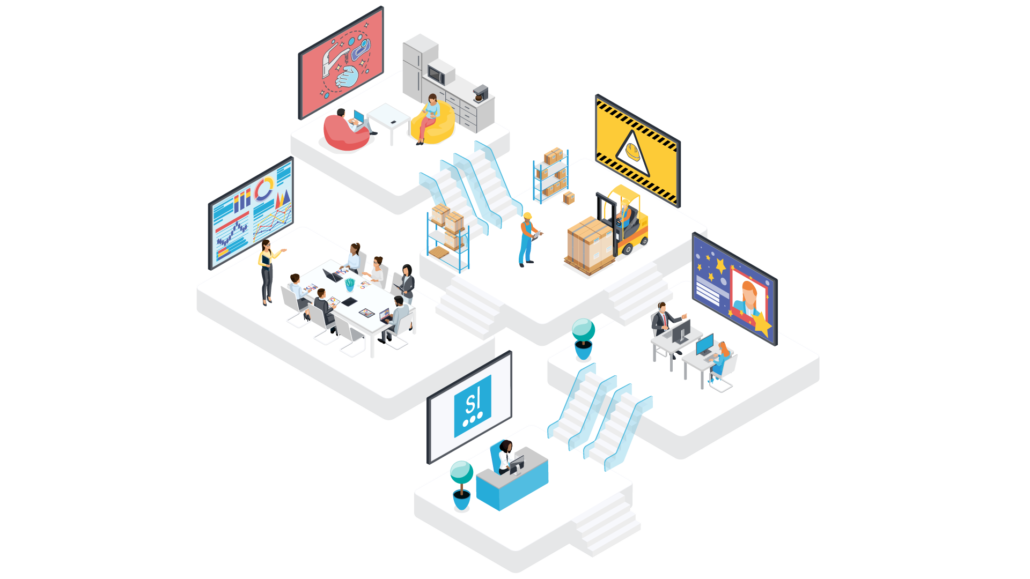
Step 3 – Validating the features you need
To ensure the success of your enterprise Digital Signage, it’s important for all partners in the project to understand the specific objectives that you would like your network to achieve.
By defining these, your solutions providers can then help to identify the features that your enterprise Digital Signage will need, and you can budget accordingly. Ask yourself:
What will your enterprise Digital Signage network be used for? Who is the intended audience and what content do you need them to see?
These may sound like obvious questions but defining – and sharing the answers in detail – can help your whole team, as well as your partners, stay on track when it comes to specifying and ultimately installing and running your enterprise Digital Signage.
If your network is going to be used for corporate and staff communications, and, in particular, for meetings and presentations, you might need integrated content applications, such as Google Docs, Google Sheets, Calendar integration, and more.
To display company data on-screen, you will also need integrated applications for business intelligence tools, such as Microsoft Power BI, and, of course, a secure way of doing so with solutions, such as Secure Dashboards.
If your Digital Signage is going to be used to book meetings in the office, you’ll require calendar integrations, as well as room booking apps for your Digital Signage platform, in addition to touch control functionality for the screens themselves.
For Quick Service Restaurants (QSR) and cafes, paid for subscription-based content tools, such as PosterMyWall may be required to create menu boards. And for any retail application, you may need tools, such as tagging functionality to help manage and organise different content, based on the location and region of franchisees. Tagging screens by region, for example, enables you to save time and simultaneously send out specific area-specific playlists to a group of screens.
Outdoor venues will need alternative content, which could include everything from weather apps for forecasts to clock widgets and counter apps to count down the time left before an event starts.
Do you want your Digital Signage to have any bespoke functionality?
With the Signagelive API, you can create custom features and integrations with multiple POS systems and triggers. To create a digital interactive shopping experience, you can, for example, integrate a “lift and learn” solution, which is designed to trigger additional product information to the screen any time the relevant product is physically lifted and explored by customers.
Will you monetise your Digital Signage?
If you want to monetise your Digital Signage and sell advertising space on your screens, then you might want to ensure you have the additional support of an integrated third-party programmatic advertising platform.
Signagelive has partnered with both Vistar Media and Hivestack, enabling you to connect with a vast range of relevant and interested media buyers.
With programmatic advertising platforms, you can automate centralised reporting and billing, as well as reduce the workload with enterprise scale tools.
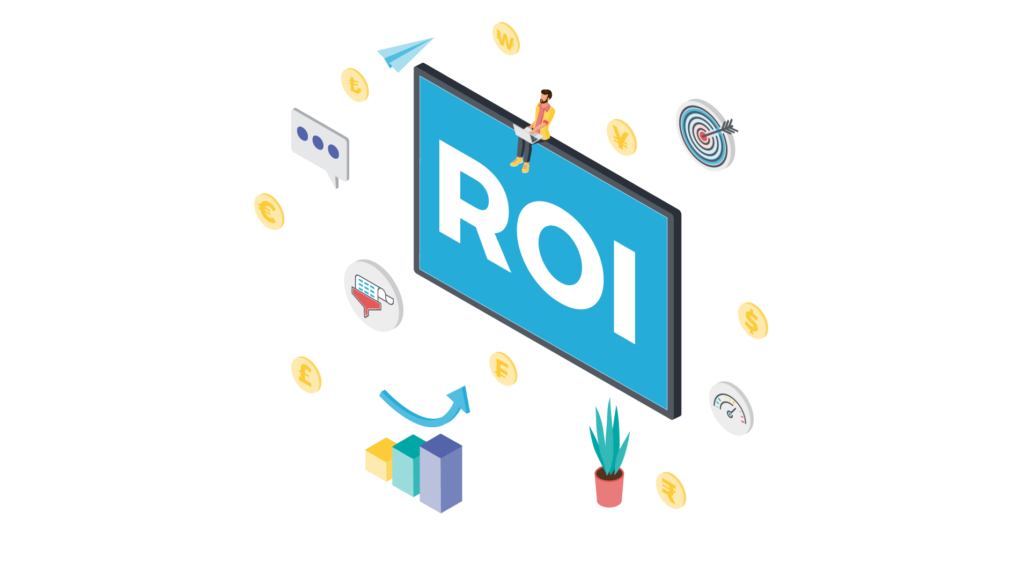
How will you measure the success of your Digital Signage?
Once you have committed to investing in the roll-out of your enterprise Digital Signage, it’s worth considering how you are going to prove the return on investment.
One option might be to integrate features, such as Signagelive Proof of Play. This enables you to download reports that verify and document when your promotional content appeared and on which screens.
How will you protect your data?
The security of your enterprise level network is also paramount. As passwords are being breached increasingly easily, you might want to enable two factor authentication on your platform.
Signagelive is compatible with all the most popular authentication apps, such as Google Authenticator and Authy.
With features, such as an Active Directory, you can also control your user’s access to different platforms in one location. Signagelive is capable of connecting with either OneLogin, Okta, AzureAD, or PingFederate.
Your solutions providers will also need to know if there are any firewalls that they should be aware of.
Step 4 The structure of your content delivery
The structure of your content delivery may seem like a minor detail that you don’t need to plan for, but in actual fact, its careful consideration is important to the overall success of your enterprise Digital Signage. Without adequately preparing how you intend to manage content delivery, your business could ultimately waste time, money and resources.
Playlists
First, you need to understand and prepare for the number of playlists that your business is likely to need. Technically, you can have as many as you like, and even assign one playlist per player. However, if there are going to be numerous playlists to manage, then you’ll need to rely on the support of a good content management solution to help handle the workload.
Platforms such as Signagelive enable you, for example, to create nested players with tags. This can save hours of work, allowing you to embed a new or existing playlist with content item/s – as well as additional controls for them – into another playlist.
Local playlists make it quick and easy to update or add head office corporate messaging to local office playlists.
With tags, they can be catalogued and easily found. You can reuse all, or specific parts of the nested playlists, and in various different orders, to create fresh new content.
Content managers
Another decision you need to plan for is the level of access your teams will require to update the network. If you intend to produce a lot of content, then you’re likely to need multiple staff members to manage it.
Giving them all blanket access could increase the risk of user errors. You may therefore want your platform to offer granular level access, so that individual users or groups of users can be assigned access to some, but not all the features.
With Signagelive, you can also assign local users, giving staff the ability to update screens in their local office, or location, but not any others in your network.

The final stages – confirming how this rollout will work
To complete your enterprise project, organisation and coordination will be key. This will involve working closely with your resellers to ensure that everything arrives in time for installation and that everyone is aware of details, such as the required installation heights.
Before you officially launch your Digital Signage network, don’t forget to make plenty of time for training – and not just for the basics. From the start, you’ll need content managers to be able to troubleshoot, as well as understand any tips and tricks to streamline their workloads.
To maximise the chances of immediate return on investment, it’s also important to have a content plan in place, including default content that you can display in the event of any delays or problems. Plan for the number of playlists and also what tags you will need to categorise and keep track of them in your library.
If you would like more specific advice for your planned enterprise Digital Signage project, please reach out to us, and find out what Signagelive can do to support you.

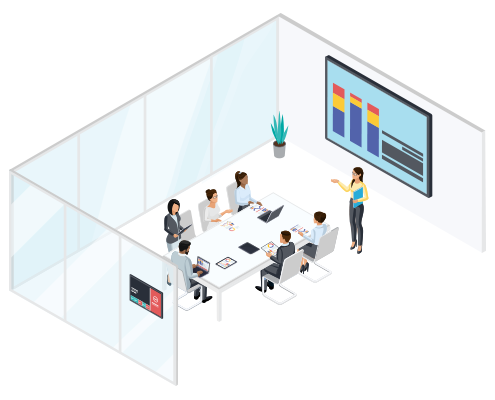

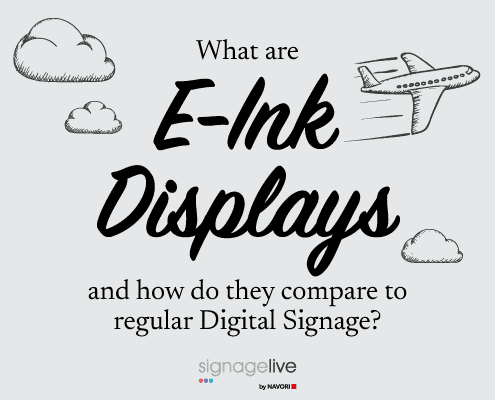

You must be logged in to post a comment.